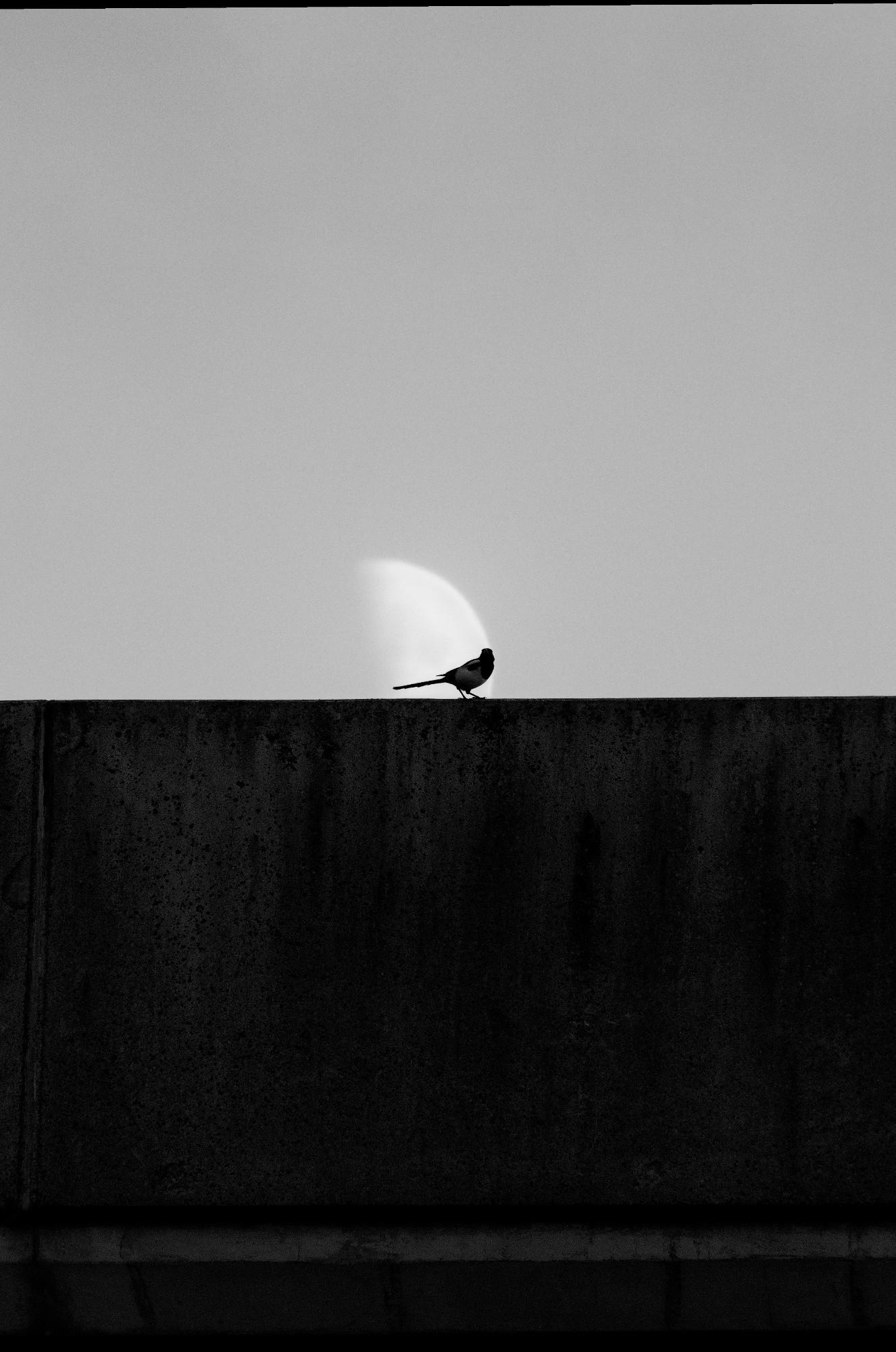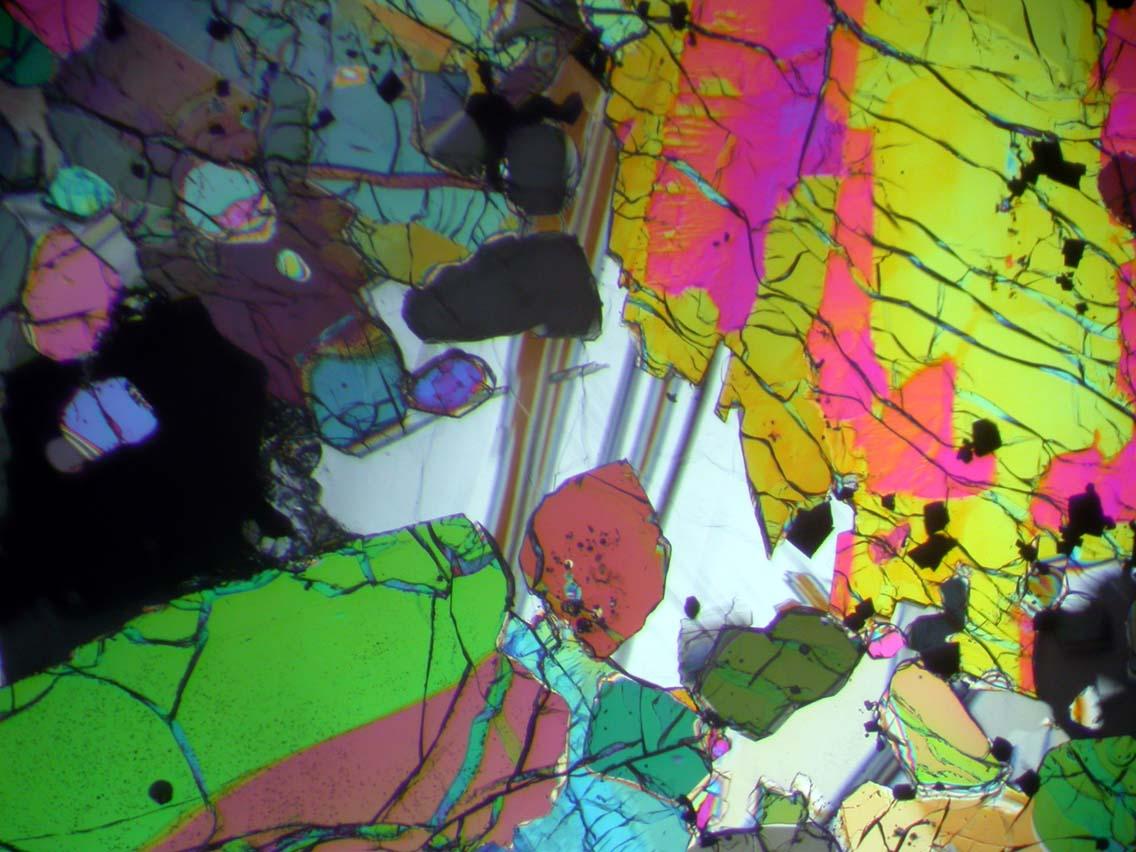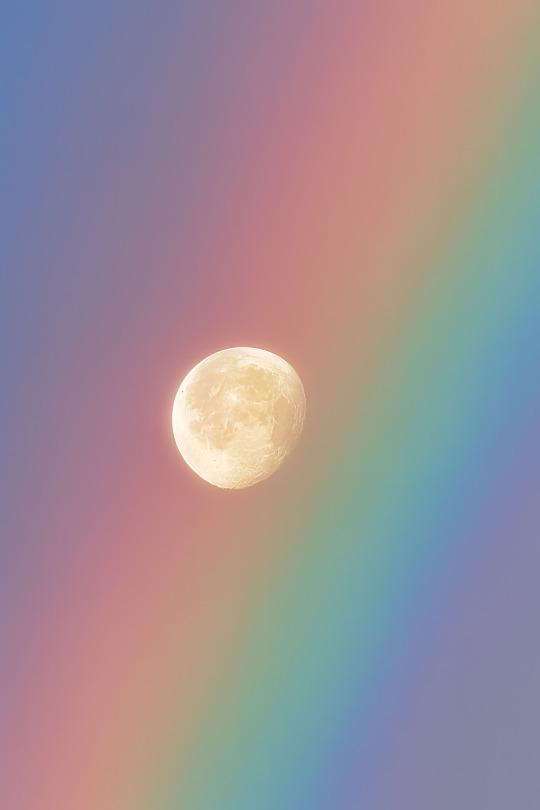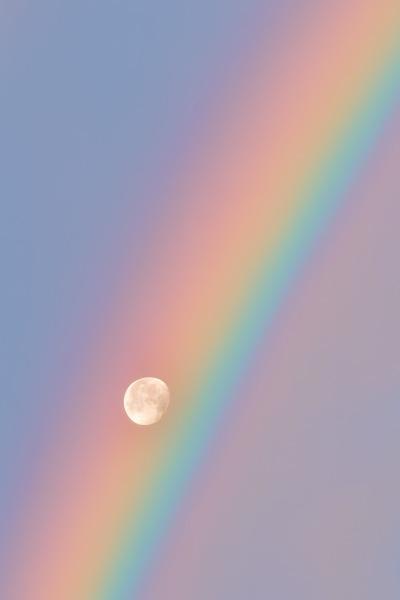#ArtAdventCalendar - December 2
No Nation except Procrasti-nation!
Available as a free/open price DL at https://ko-fi.com/s/6eb4b1fd3d
Available as a homemade print at https://boutique.lokipropagand.art/produit/dreaming-mouse/
🐁💤🌛
#FediArt #AntiWork #Anticapitalism #Anarchy #Mouse #Moon
Not a bird photo I was looking for but can't complain.
#Photography #Monochrome #BlackandWhitePhotography #BlackandWhite #Birds #Moon #Moody
#ArtAdventCalendar - December 2
No Nation except Procrasti-nation!
Available as a free/open price DL at https://ko-fi.com/s/6eb4b1fd3d
Available as a homemade print at https://boutique.lokipropagand.art/produit/dreaming-mouse/
🐁💤🌛
#FediArt #AntiWork #Anticapitalism #Anarchy #Mouse #Moon
The Moon’s two faces don’t match, and we think we know why
The lunar far side is maria-poor, crater-rich, and full of highlands.
With our first far side samples now in Earth laboratories, our leading explanation awaits its big test.
https://bigthink.com/starts-with-a-bang/moon-two-faces-different/
RE: https://mastodon.social/@startswithabang/115617237862847068
It amused me reading Arthur C. Clarke's 1952 novel 'Islands In The Sky', in Chapter 9 (which in my book has been printed upside down as Chapter 6)
is the sentence:
'It was true that I had seen many films and photographs of the Moon's other side, and it was also true that it was very much the same as the visible face.'
I suppose Clarke wasn't to know he was wrong for another seven years! 😄
Not a bird photo I was looking for but can't complain.
#Photography #Monochrome #BlackandWhitePhotography #BlackandWhite #Birds #Moon #Moody
The Moon’s two faces don’t match, and we think we know why
The lunar far side is maria-poor, crater-rich, and full of highlands.
With our first far side samples now in Earth laboratories, our leading explanation awaits its big test.
https://bigthink.com/starts-with-a-bang/moon-two-faces-different/
RE: https://mastodon.social/@startswithabang/115617237862847068
It amused me reading Arthur C. Clarke's 1952 novel 'Islands In The Sky', in Chapter 9 (which in my book has been printed upside down as Chapter 6)
is the sentence:
'It was true that I had seen many films and photographs of the Moon's other side, and it was also true that it was very much the same as the visible face.'
I suppose Clarke wasn't to know he was wrong for another seven years! 😄
de l'influence de la lune sur les barreaux des grilles
Timo Lemmetti
#moon #science #sky #freedom #photography
de l'influence de la lune sur les barreaux des grilles
Timo Lemmetti
#moon #science #sky #freedom #photography
A magnesium-rich basalt retrieved by the Apollo 12 mission from the Moon. brightly coloured pyroxene and olivine surround grey plagioclase in cross-polars.
This photo was taken in 2003 from a travelling collection of thin sections sponsored by NASA.
A once-in-a-lifetime shot — the moon perfectly framed by a rainbow.
via tithsokphanny31








